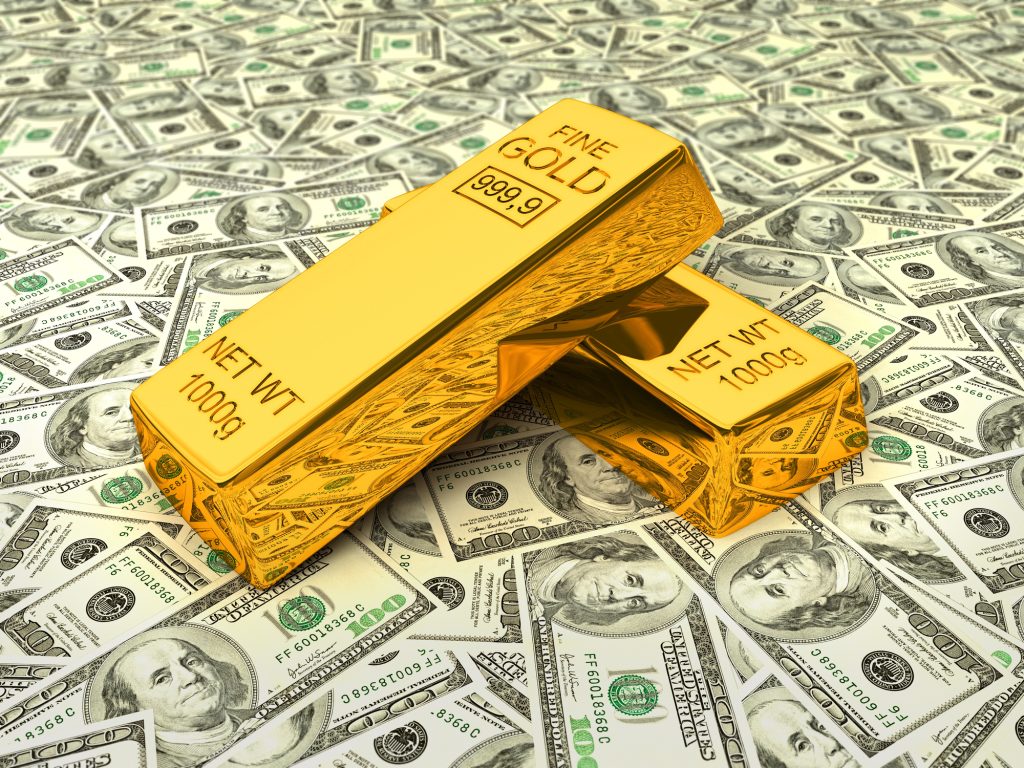Today’s inflation report showing ‘only’ 3% inflation, the Federal Reserve is all but guaranteed to start slashing interest rates.
The Fed Chairman essentially promised as much to Congress earlier this week, and has warned that if they don’t start cutting interest rates soon, “we could undermine the [economic] recovery.”
These guys still don’t get it. At this point it’s not even about 3% inflation (which is still too high) or 2% inflation. It’s about prices going back down to pre-pandemic levels… or just lower in general.
But that’s just never going to happen. The Fed doesn’t care about price reductions; they’re happy with a slower rate of price increases… which is totally out of touch with what people want and need.
They’ve been itching to cut rates for months… almost desperate. And in large part that’s because they’re terrified about the US government’s insolvency.
The national debt is about to pass $35 trillion. And high interest rates mean that the annual interest bill this year will exceed the US military budget– more than $800 billion– for the first time in nearly 250 years of American history.
The Fed knows that they have to slash interest rates as quickly as possible. With ultra-low rates (like 1.5%), the interest bill on a $35 trillion national debt is manageable… as long as the federal government can rein in spending and stop the debt from growing further.
Of course there are two key problems with this thinking:
First, there is zero evidence that the government will rein in spending. If anything, they seem primed to spend even more. I’ve mentioned several times before that even the US government’s own budget forecasts project more than $22 trillion in additional debt over the next decade.
Second, slashing interest rates will most likely result in significant inflation– just like we saw in 2021-2022.
We’ve written before how real assets are a safe haven from inflation, and I wanted to briefly discuss three real assets that look especially promising.
The first is physical gold and silver, which serve as a store of value– especially during inflationary times.
Higher inflation will likely trigger a surge in demand, making the price of precious metals not only keep up with inflation, but exceed it.
But there is another reason why gold will do especially well the worse inflation gets.
The worse inflation becomes, and the worse the US national debt becomes, the more likely the US dollar will lose its spot as the dominant reserve currency. And central banks all over the world– India, Poland, Singapore, etc. have been feverishly buying up physical gold over the past few years, most likely to prepare for that potential change.
So if inflation picks up, it’s a good bet that central banks will keep buying up gold– and driving prices higher.
Gold mining stocks should also do extremely well in that scenario due to their exposure to gold prices.
What’s interesting right now, though, is that despite gold being near an all-time high, share prices of many gold mining companies are incredibly cheap.
That’s because central banks– which have driven gold prices to record highs– only buy physical gold bullion. They do not buy gold stocks.
However, while the price of gold has already increased substantially, the stock prices of many great gold miners has not.
This is because most of the current demand for gold is coming from central banks. And central banks only buy physical gold— not gold mining stocks.
This means that gold stocks are currently a bargain– with a LOT of upside potential.
Last, US natural gas is another compelling real asset primed for huge growth.
Right now, natural gas prices in the US are dramatically lower than they are in Europe… and it’s easy to understand why: the US has some of the biggest natural gas reserves in the world, while Europe has almost nothing by comparison. (This is why Europe is so reliant on Russian gas).
And since Joe Biden has banned new LNG (liquefied natural gas) export terminals from the US, it’s difficult to move that US natural gas to Europe.
This is why prices in the US are less than $3, versus more than $10 in Europe. If US producers were free to export, prices in the US would rise, prices in Europe would fall, and the global natural gas prices would be more or less the same, similar to oil.
In terms of energy equivalence to oil, $3 per million BTU natural gas is the equivalent of paying around $15 – $20 for a barrel of oil. That’s cheap. And it means US natural gas is the most underpriced conventional energy commodity in the world.
But it probably won’t stay that way for long.
First, large tech companies, which are building massive, energy-hungry AI data centers, are also looking at putting in their own power plants… which will most likely be powered by natural gas.
Second, the new export terminal ban probably won’t last. There are lawsuits, legislation, and an upcoming election, any one of which could restart new LNG exports. When this happens, US natural gas prices could quickly rise.
In either case, natural gas producers stand to benefit substantially from higher prices. And it just so happens that shares of many of the best quality producers right now are laughably cheap, with low multiples relative to earnings, book value, and Free Cash Flow.
Looking at the overall investment landscape now, with many conventional stocks and indexes near all time highs, these three sectors strike me as some of the most promising investments for an inflationary environment.








